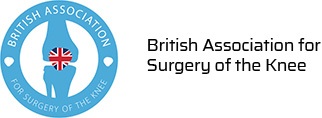Patellar Tendon Rupture
What is Patellar Tendon Rupture?
The patellar tendon works together with the quadriceps muscle and the quadriceps tendon to allow your knee to straighten out. Patella tendon rupture is the rupture of the tendon that connects the patella (kneecap) to the top portion of the tibia (shinbone).
Causes of Patellar Tendon Rupture
The tendon may rupture due to activities that involve jumping and running. It can rupture due to a fall, direct blow to the knee or landing on your foot awkwardly from a jump. Pre-disposing factors may include patellar tendonitis (inflammation of the patellar tendon), diseases such as rheumatoid arthritis, diabetes mellitus, infection, and chronic renal failure.
Symptoms of Patellar Tendon Rupture
When the patellar tendon tears, the patella may lose its anchoring support on the tibia, as a result, when the quadriceps muscle contracts, the patella may move up into the thigh. You are unable to straighten your knee and upon standing, the knee buckles upon itself. In addition to this, you may have pain, swelling, tenderness, a tearing or popping sensation, bruising and cramping.
Diagnosis of Patellar Tendon Rupture
Identifying a patellar tendon tear, will involve a physical examination of the knee. Some imaging tests, such as an X-ray or MRI scan, may be requested to confirm the diagnosis. An X-ray of the knee is taken to determine the position of the kneecap and MRI scan to know the extent and location of the tear.
Treatment of Patellar Tendon Rupture
Treatment usually involves surgery. The goal of the surgery is to re-attach the torn tendon to the kneecap and restore the normal function of the knee. Sutures are placed in the torn tendon which are then anchored to the knee cap, through holes drilled in the kneecap or using fixation anchors.
Postsurgical Care
Following surgery, you will need a knee brace to protect the tendon while it heals .









